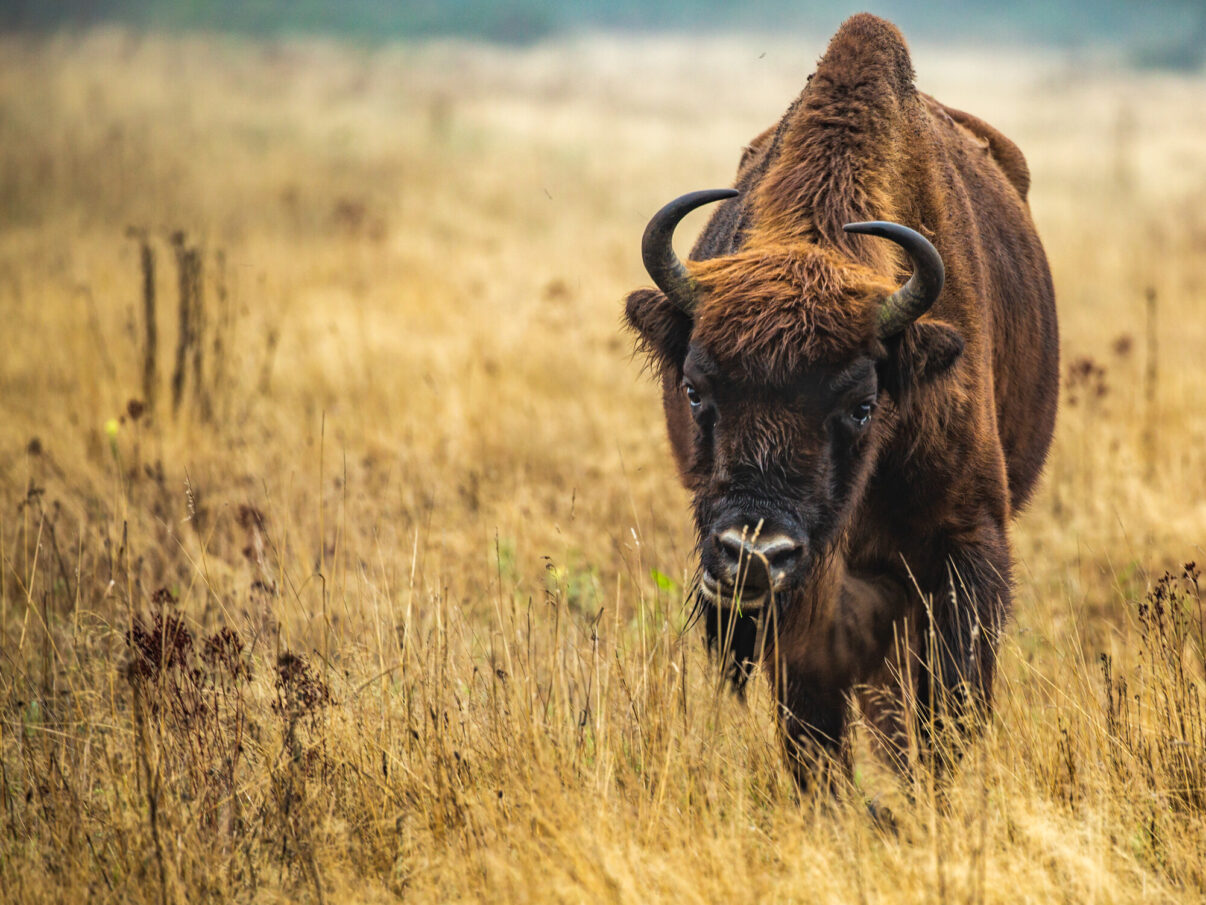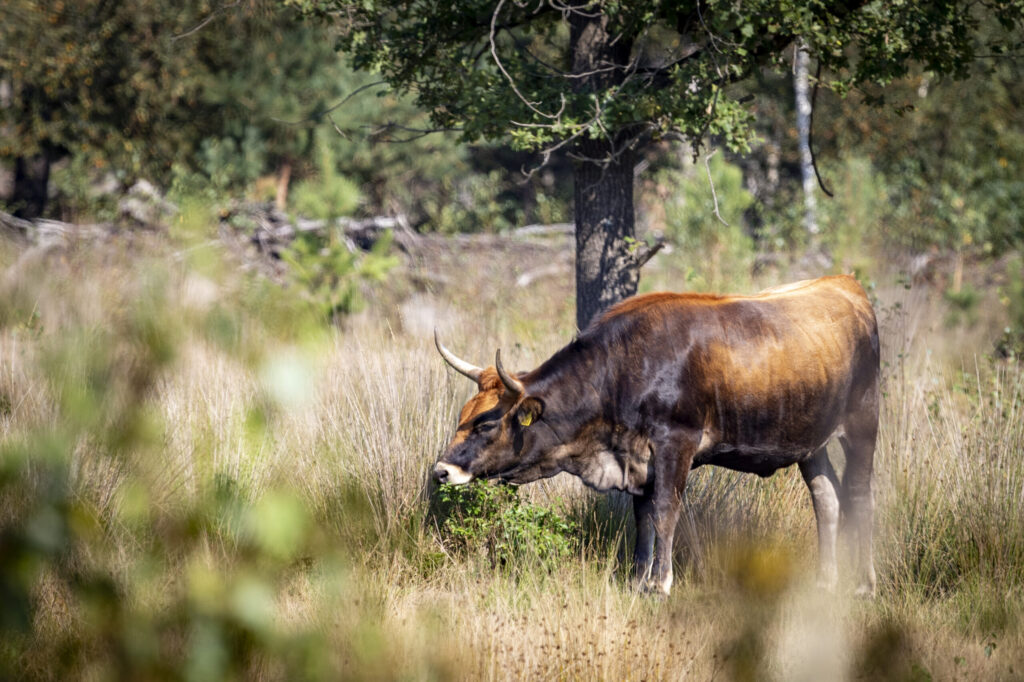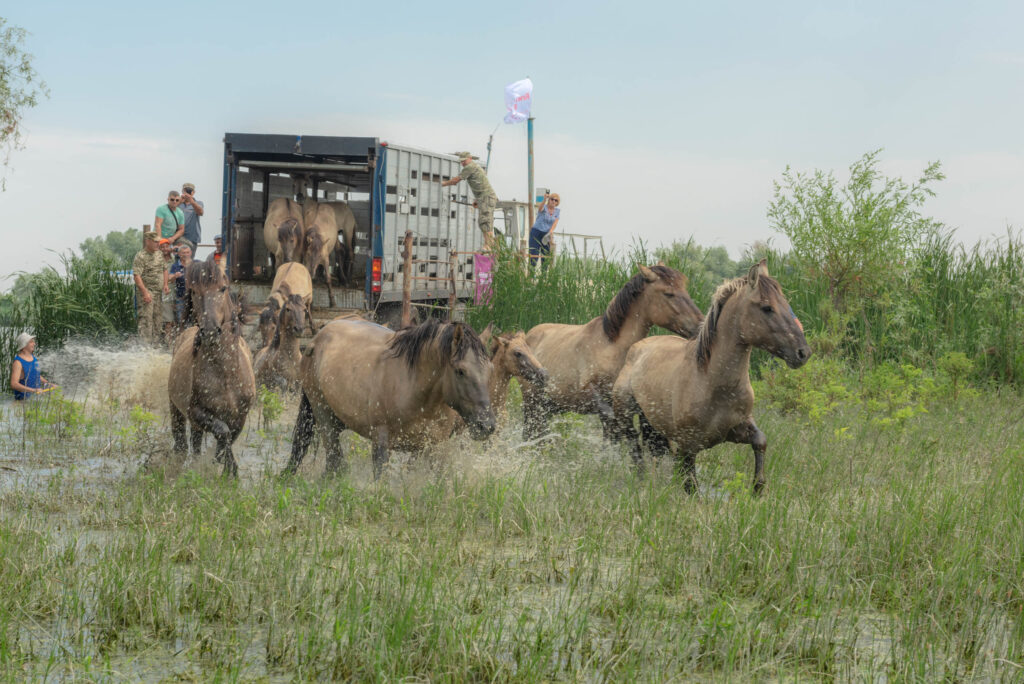Rewilding Europe has just launched the Natural Grazing Facility. By connecting demand and supply of herbivores among organisations dedicated to rewilding principles, its aim is to scale up natural grazing in European landscapes. This will deliver a wide range of benefits to nature and people.

Scaling up an essential natural process
Are you a European rewilding initiative involved in natural grazing? Do you have a surplus of large wild or semi-wild herbivores, or are you looking for more to scale up your rewilding efforts? If so, Rewilding Europe’s new Natural Grazing Facility may be able to help you meet your needs. This newly launched tool aims to scale up the adoption of natural grazing across Europe by connecting demand and supply of herbivores among organisations dedicated to Rewilding Europe’s rewilding principles.
“The Natural Grazing Facility aims to restore the populations of wild and semi-wild herbivores in European landscapes,” says Rewilding Europe’s Rewilding Manager Sophie Monsarrat, who will oversee the new facility. “Through their interaction with the landscape, these big grazers and browsers play an essential part in maintaining the health and functionality of many European ecosystems, so the imperative to scale up these populations is clear and present.”
Natural grazing by free-roaming herbivores such as European bison, deer, wild horses, and wild bovines is a key ecological process delivering increasing benefits across Europe. Through species reintroduction and restocking efforts, Rewilding Europe and partners are already actively increasing populations of such herbivores in European landscapes. However, there is huge scope for such efforts to be scaled up, particularly as the number of rewilding initiatives mushrooms across the continent.

Connecting supply and demand
The Natural Grazing Facility will build on the experience of the European Wildlife Bank, which Rewilding Europe launched in 2011, and which will now cease to exist. Rather than “loaning” animals, the new facility will act as a connecting hub, brokering deals between European initiatives involved in natural grazing. “Say, for example, a rewilding initiative identifies a need for wild horses,” explains Sophie Monsarrat. “They can reach out to us, and we will use our extensive database of contacts to put them in touch with initiatives that have a surplus of such horses. Once the two parties are in touch with one another, it will be up to them to organise the translocation. If needed, the recipient organisation can apply to the European Wildlife Comeback Fund for a grant to cover the costs related to the transport and release of animals.”
Species represented in the Natural Grazing Facility database include fallow and red deer, European bison, wild horses, wild bovines, and water buffalo, although this list is not exhaustive.

Let us facilitate your needs
Anyone involved in practical rewilding that employs natural grazing can connect with the Natural Grazing Facility – either as a potential supplier or a potential recipient of herbivores. All organisations will be carefully vetted to ensure their efforts align with rewilding principles.
“The idea is to find the right fit between those supplying the animals and those receiving them, so we can avoid unnecessary loss of animals in places where their populations are growing too large, and boost natural grazing in places where their numbers are too low,” says Sophie Monsarrat. “If you meet our criteria and want to benefit from the Natural Grazing Facility, please reach out to us. Let’s scale up natural grazing together.”
